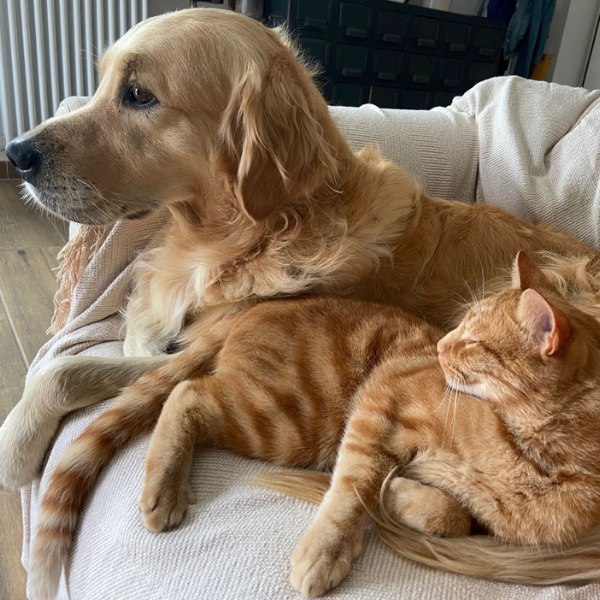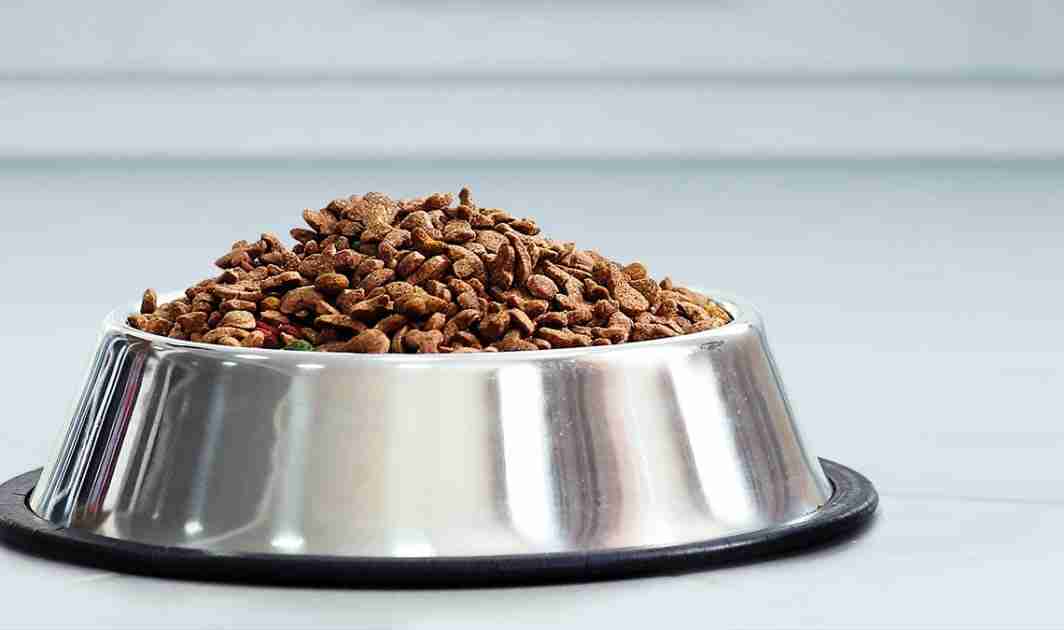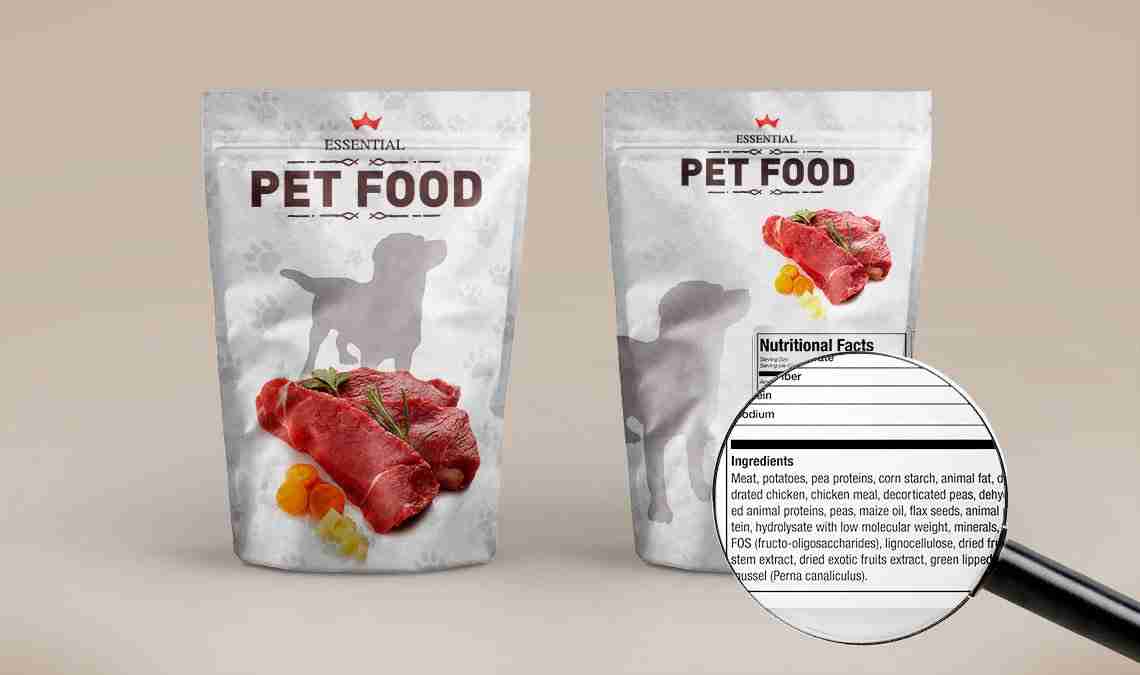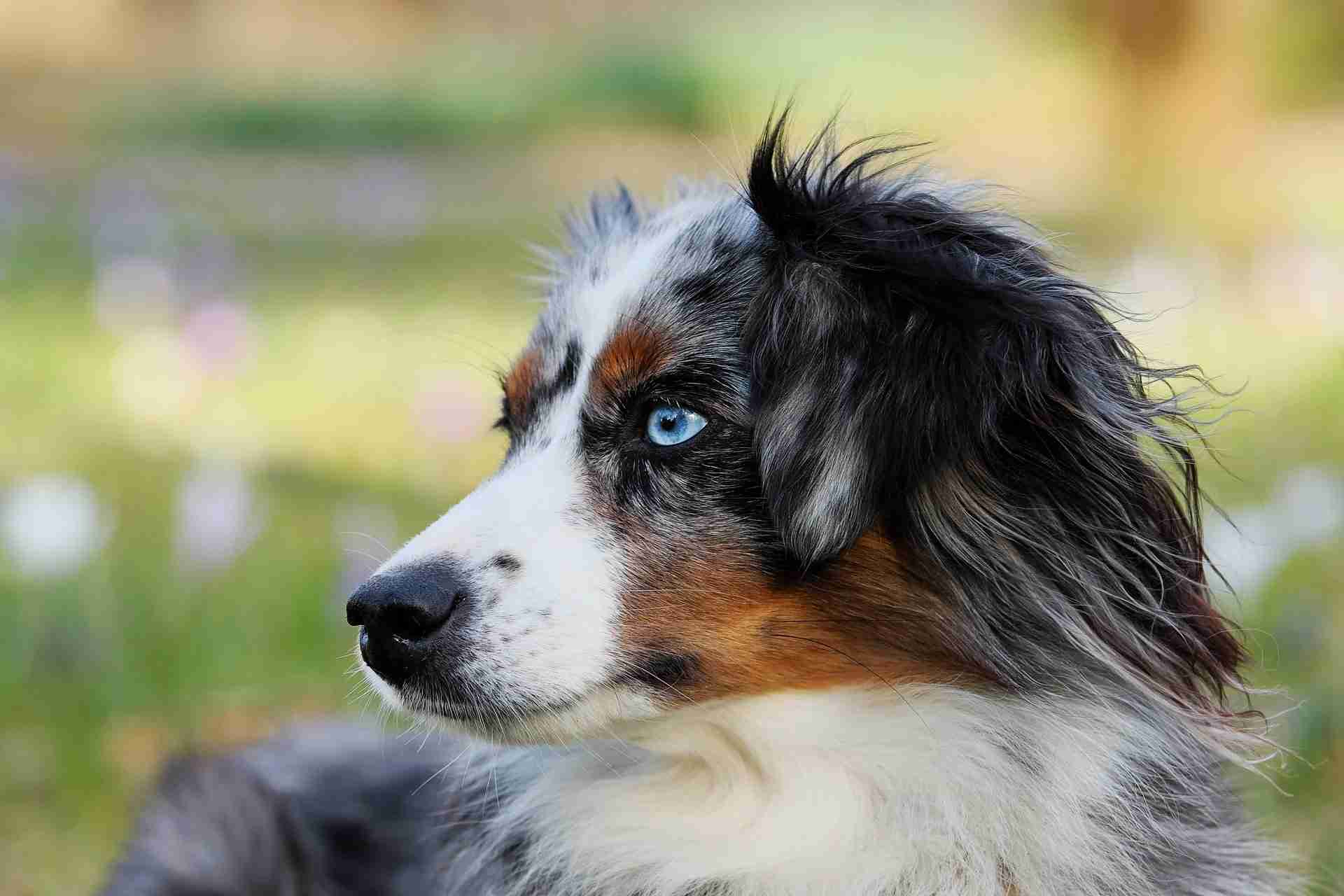Kibble with 100% fresh meat or fish: the important facts
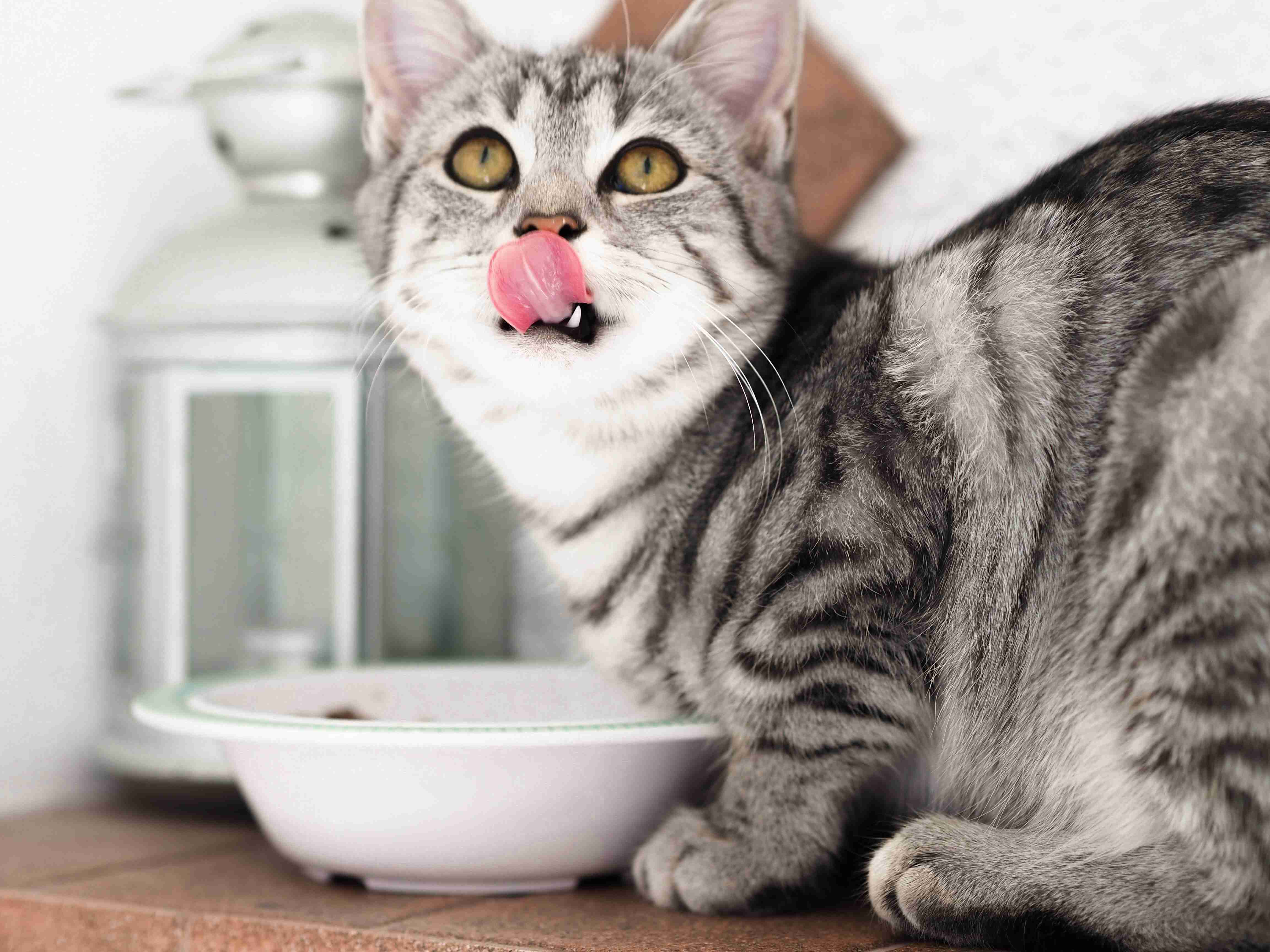
We are often asked what this actually means and how it’s even possible. The term fresh meat is not the first thing that comes to mind when thinking about dry food. After all, it’s made from an ingredient that originally contained a lot of water but was turned into a dry product by removing all moisture. This might sound like a very elaborate and time-consuming process, but it’s worth it! The final results are not just tasty, they’re also very nutritious.
Modern technology
It’s generally assumed that kibble is only ever produced using meat meal because it makes the process easier. This was actually true in the past but modern technology allowed the use of raw ingredients instead of processed ones. The pet food industry has developed technologies over the past few years that allows it to include considerable amounts of fresh meat in kibble. However, not all pet food brands make use of the same technology and that’s why some kibbles use ingredients such as ‘fresh meat or fish’, whilst others use ‘meat meal or fish meal’.
How is this kibble made?
First, we decide on the list of ingredients for the recipe: fresh meat or meat meal, cereals or potatoes, what kind of vegetables etc. Once these have been identified, they will be placed in a mixing bowl (like you’d do in the kitchen at home), water is added in case there is any use of meat meal, and then it gets mixed together to form a dough that can be cooked and extruded. Finally, they’ll be shaped and sized into something we universally recognise as kibble.
What's on the label?
The code for good practice and the EU Regulation - Fediaf and Reg. (EU) 767/2009 - stipulate how pet food producers should list the ingredients on their product labels: from highest to lowest importance - (based on weight content). The calculation is based on the moisture content of each individual raw material at the time it was inserted in the recipe, or processing bowl. The raw material (ingredient) is therefore always declared on the label based on its actual weight. The physical state of the ingredient (fresh or dehydrated) when it was inserted into the recipe is also declared.
Why choose this type of kibble?
The use of fresh meat or fish ensures the proteins stay in their original state, they are not diminished by the process of turning them into meat meal or the dehydration process. They stay in their original state because they are used fresh and directly added into the mixing bowl to be cooked with all the other ingredients.
This difference in processing ensures the nutrients inside the proteins are preserved and because of that, easier to process and digest by the body. In more technical terms, it increases the bioavailability of the nutrients, the digestibility and supports the balance of the intestinal microbiota, or in other words, the bacteria that live inside the bellies of our animal companions.
Quality and 100% #Natureinside
The use of fresh meat or fish requires a different processing method and is costlier than using meat meal because it’s a relatively new development. The technological innovation, study and research behind the formulation and production of kibble made with fresh ingredients, and the procurement and storage of ingredients require a great deal of effort, which is reflected in the price, but it provides a high-quality product that’s 100% #Natureinside and that’s why it’s worth it in our opinion.
So, in a nutshell, it’s the quality of the proteins that really make the difference between kibble that uses fresh meat or fish and kibble that doesn’t. We’re always on the lookout for new innovative ways to provide the best nutrition for your companion.
If you want to know more about the philosophy behind our products visit our home page or take a look at our product portfolio for cats or dogs.
And finally, always evaluate the quality of the recipe when choosing a kibble for your animal companion :)

